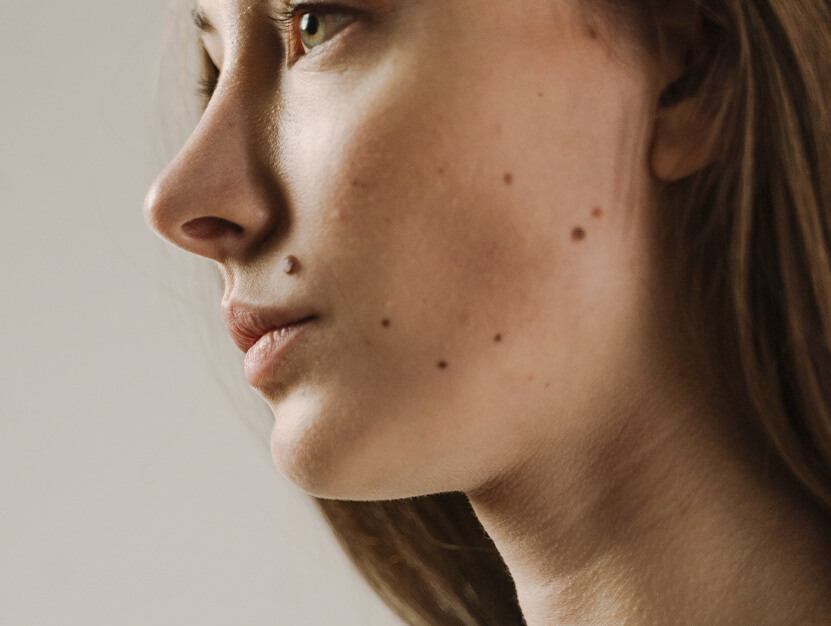
September 16, 2024
Cancer Malignancy Symptoms And Reasons
Brand-new Mole On Face Or Body: Causes And When To Be Concerned You likewise must have your moles checked if they bleed, ooze, impulse, scale, or soften or excruciating. A "pigmented sore" is a general term that includes normal moles, sun blemishes or age areas (lentigines). Melanomas create from melanin-containing cells, called melanocytes. People with reasonable skin, red or blond hair or who spend a great deal of time in strong sunlight go to higher danger of developing melanoma. It is important to avoid extended sun or other UV radiation exposure to reduce the danger of creating dysplastic or malignant moles.Adjustment Is A Worry
Climate change is shifting areas of skin disease concern - Fox News
Climate change is shifting areas of skin disease concern.
Posted: Fri, 21 Oct 2016 07:00:00 GMT [source]
- It could be something as easy as dry or irritated skin, as an example, or an allergic reaction to whatever laundry detergent you simply got.
- If you're vulnerable to creating moles, you can additionally schedule normal full-body skin tests at which your dermatologist will certainly check you from head to toe.
- Nevertheless, if a mole modifications in an irregular or uneven way, have it evaluated by a skin specialist.
- The risk of cancer malignancy seems to be boosting in people under 40, specifically ladies.
Where Do Moles Most Commonly Happen?
Talk with your health care expert regarding your danger aspects for melanoma and whether you need a specialist skin examination on a regular basis. The adhering to ABCDEs are very important points to take into consideration when analyzing moles. If a mole shows any one of the indicators listed below, have it inspected by a dermatologist right now.What Is A Skin Mole? What Does One Appear Like?
The sample will be sent out to a lab and a pathologist will certainly look at the cells under a microscopic lense to look for melanoma. Only rarely does a common mole develop into cancer malignancy, the most serious kind of skin cancer cells. Although typical moles might be present at birth, they usually show up later in childhood years. The majority of people remain to develop new moles till concerning age 40. " While rare, cancer malignancy can often develop in simply a few months, rather than numerous years," says Dr. Jih. Your dermatologist will certainly know whether or not any moles require a biopsy to ensure they are not melanomas. The even more uncommon features moles have, the riskier they are. Frequent surveillance of these moles is particularly essential, to make sure that if a melanoma develops, it can be spotted and treated as early as possible. It is very important to note that even without a family background of cancer malignancy, if you have atypical moles, you have a raised danger of developing melanoma. Some people have only a couple of dysplastic nevi, yet other individuals have more than 10. Individuals who have dysplastic mole normally additionally have actually an enhanced variety of common moles. A typical mole is a growth on the skin that develops when pigment cells (melanocytes) grow in collections. These developments are normally found over the midsection on locations exposed to the sunlight. They are seldom located on the scalp, breast, or buttocks. Skin doctors (doctors that are skin professionals) suggest that you examine your skin every month. Essentially, a lot of moles are benign and not cancerous. When a youngster develops a mole, that mole may alter as she or he gets older and grows. The mole can in some cases expand larger, or change its color to come to be darker or lighter. Obtain a skin doctor to evaluate your mole if it changes in shade or look. Likewise, obtain it checked if the mole bleeds, exudes, itches, appears scaly, or becomes tender or unpleasant. These are indicators of prospective problems, also if these issues aren't deadly. As you age, your moles may end up being lumpier or a little larger over a long period of time. Although these changes aren't eye-catching, they're just part of the regular progression of a mole. Skin cancer is most usual in sun-exposed areas of your body, but some skin cancers aren't directly pertaining to the sunlight. The cancer cells could form a mass called a growth. Deadly or abnormal moles are normally bigger than the size of a pencil eraser yet can occasionally be smaller. While benign moles are typically a solitary color of brown, a melanoma might have various tones of brownish, tan or black. As it grows, the shades red, white or blue may also show up. From their workplaces in Chestnut Hill, they offer Boston, Brookline, Cambridge, Newton and Wellesley. These soft outpouchings of skin are completely benign, however they can certainly be irritating. Skin tags may Skin imperfection treatment happen at any type of age, and they might be seen extra frequently in the setting of overweight or pregnancy.Is it typical for moles to alter in appearance?
Signs and symptoms and attributes to look out for include: increased or flat form, frequently with irregular shape and boundaries,'sometimes on an existing or new mole. brownish, black, tan, red, blue, and also white, frequently a darker color of a person's typical skin tone. slow-moving modifications, usually throughout months or years. The moles that are of medical worry are those that look different than other existing moles on your body (described as the & #x 201c; hideous duckling sign & #x 201d;-RRB- or those that show up on your skin after
Social Links